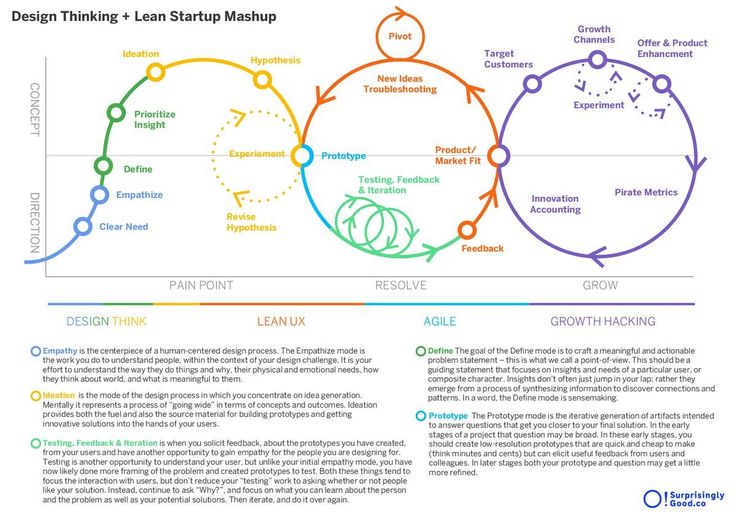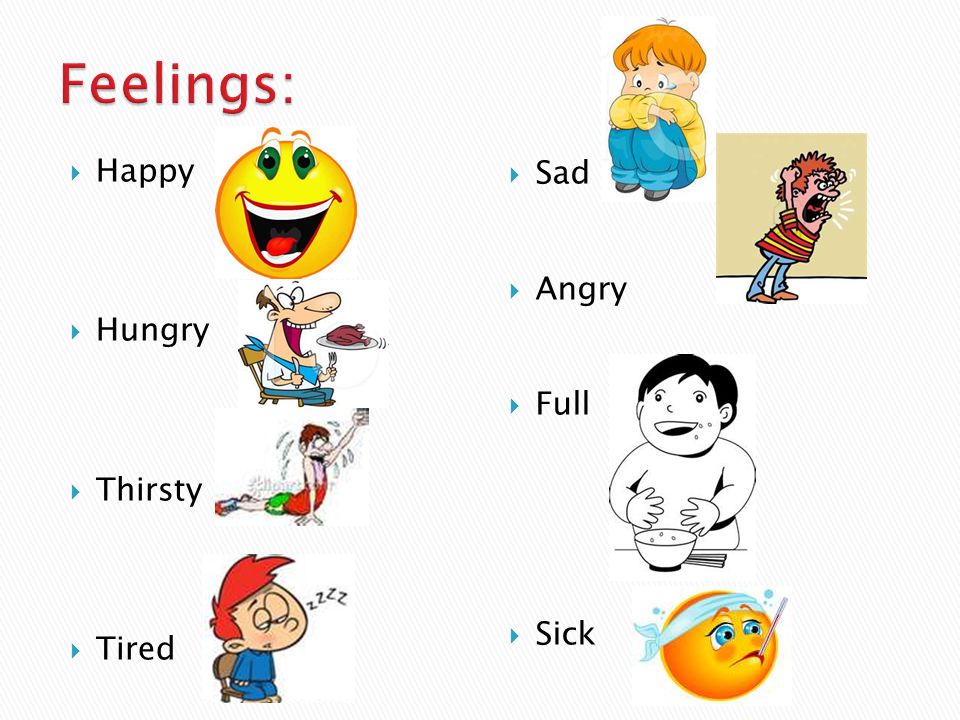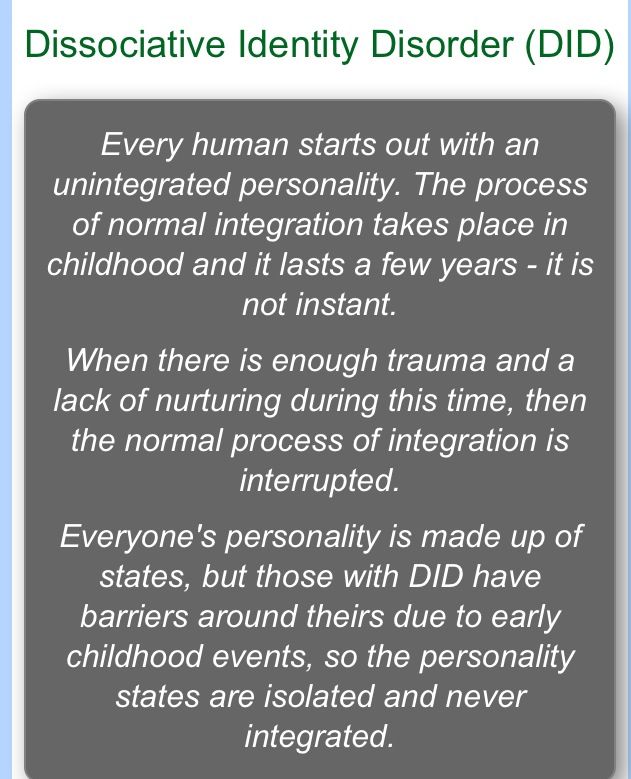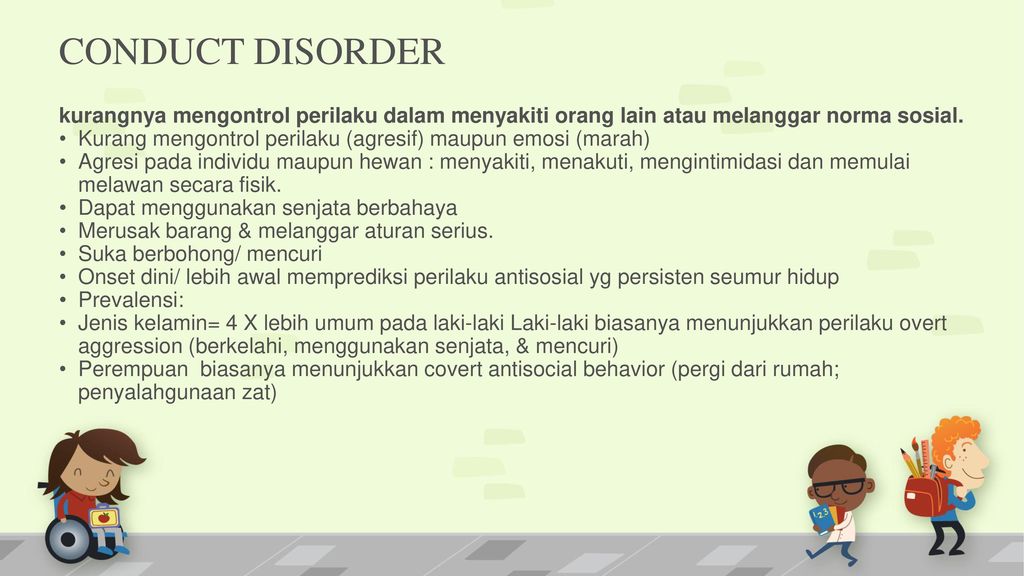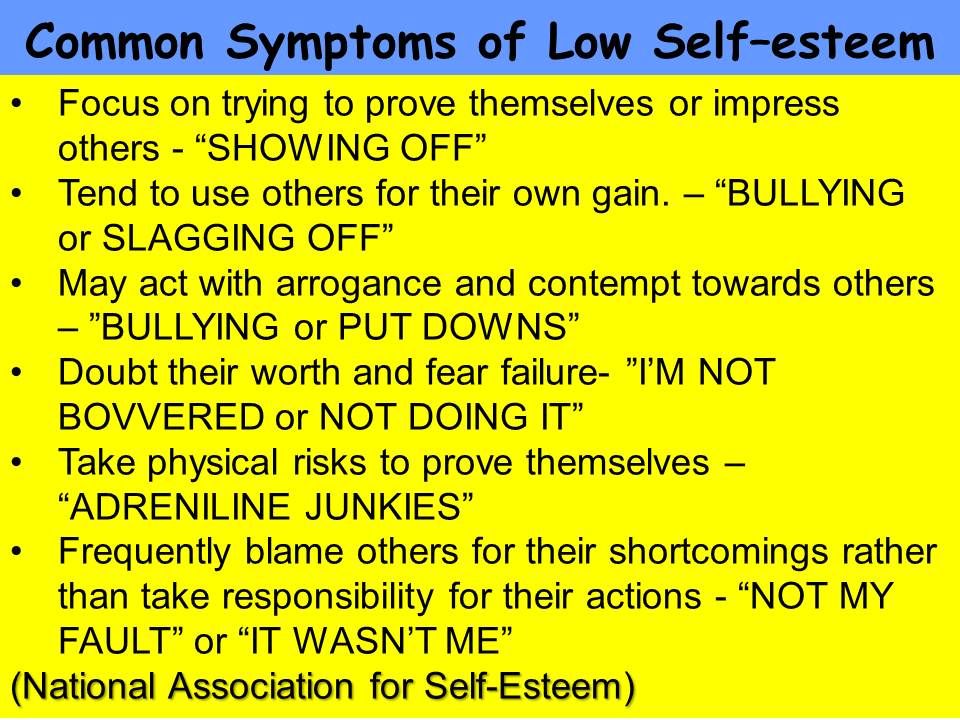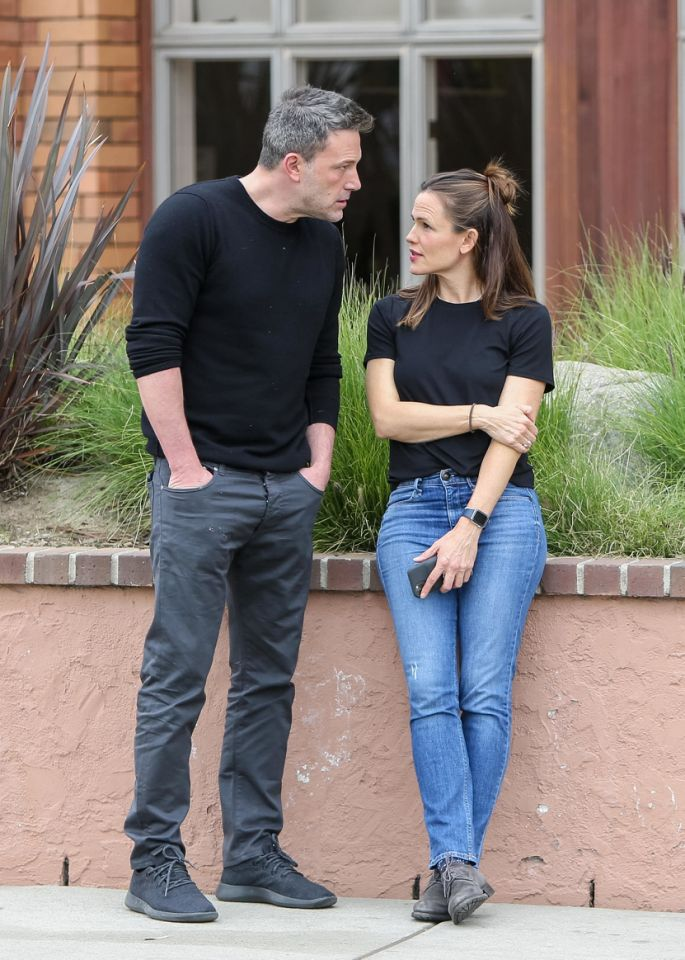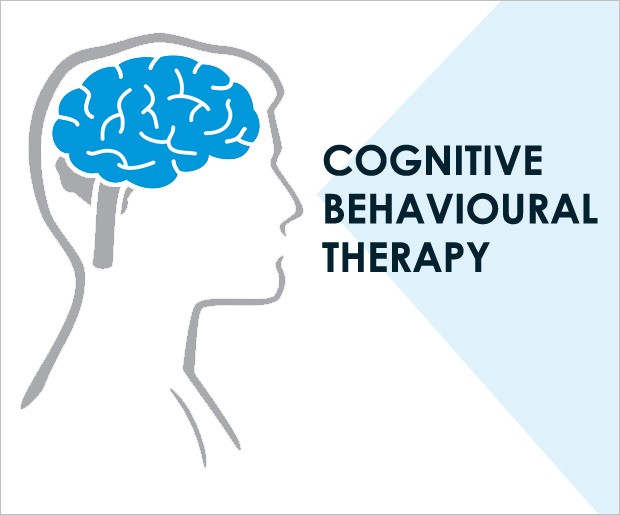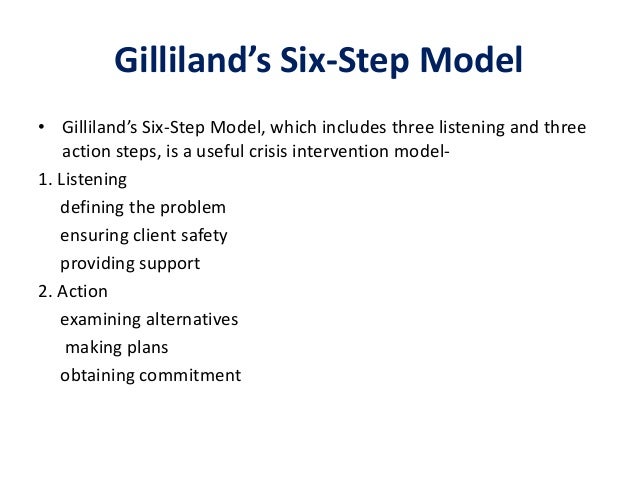Solution focused thinking
Problem vs. Solution Focused Thinking
Every person approaches a problem in a different way. Some focus on the problem or the reason why a problem emerged (problem focused thinking). Others prefer to think about possible solutions that help them to solve a problem (solution focused thinking). Problem Oriented Thinking: Approaching a difficult situation problem-oriented might be helpful if we attempt to avoid similar problems or mistakes in the future, but when it comes to solving the problem we simply waste large amounts of our precious time! Problem-focused thinking does not help us at all to solve difficult situations, which is especially necessary in times where one must find quick solutions to an upcoming problem. Furthermore, the problem focused approach can have negative effects on one’s motivation, but more on this later.
The whole “problem vs. solution oriented thinking” – approach does not only apply when a person faces a problem or a difficult situation (as previously mentioned), but is also being applied in one’s everyday life, when we have to face a challenging task or when having to perform several duties. In fact: if we really focus our attention on this topic we can discover that the majority of our decisions and our attitudes towards tasks, problems and upcoming situations will either be problem or solution oriented. In order to demonstrate you the problem and solution focused approach I have chosen to give you the example of a college student:
Let’s say there is a college student that really does not like math at all (it doesn’t matter what subject he does not like, but I do not like math as well). Just like every other college student, he will have to do some homework for math and if he wants to pass the exams he will have to study a lot, whether he likes math or not. The student would be approaching the subject math problem-oriented if he would continuously imagine all the negative aspects of math that he does not like and might ask himself the question, “Why do I have to study for math? For what kind of reason?”. The college student would be talking with his fellow students about the pointlessness of math, which will only strengthen his negative opinion about math.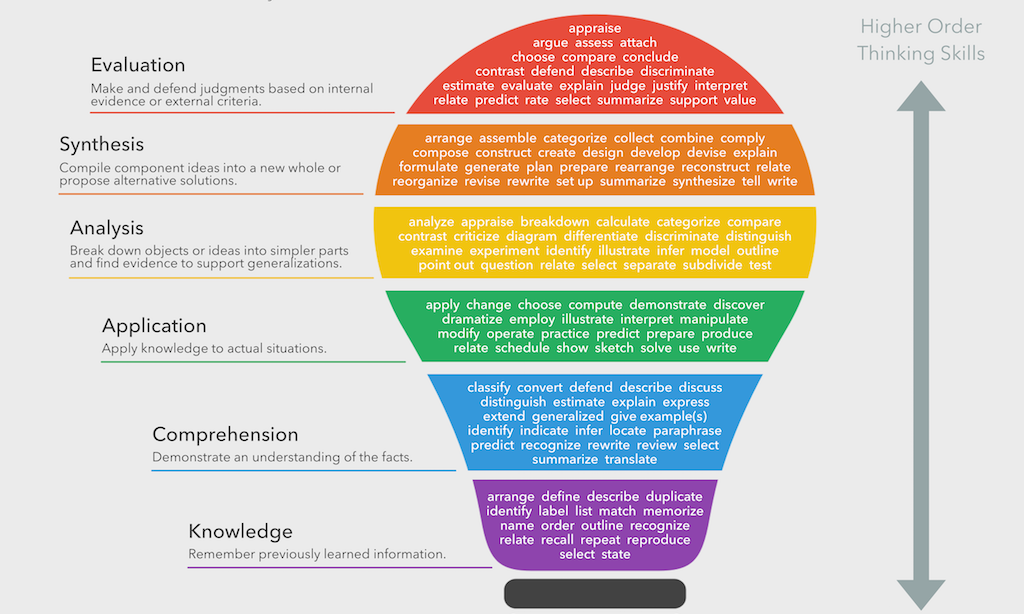 Rather than focusing his energy on studying for math he will get uptight and spends large amounts of his time in an ineffective way, that won’t help him to pass the exams.
Rather than focusing his energy on studying for math he will get uptight and spends large amounts of his time in an ineffective way, that won’t help him to pass the exams.
When I was in school I heard similar questions whole the time, especially when it came to subjects that the majority of my classmates did not like. To be honest, when I was younger I was asking myself these questions as well, especially in subjects that I knew were pointless for the profession I wanted to become. When I grew older I started to scrutinize this behavior and noticed how senseless it was to focus all my attention on problem focused thinking, especially as this only decreased my motivation and strengthened my resentment towards these subjects.
Discovering that one is majorly approaching tasks and challenges problem focused can be really difficult, but once we are aware of this we can start to change our focus from the problem towards the solution and make use of the solution-focused thinking.
Let us come back to the example of the college student that was thinking problem oriented. In order to think solution oriented, he would need to completely accept the fact that math is a part of his schedule and will, therefore, be tested in his exams, whether he likes math or not. By accepting this fact he will easily destroy the root cause for questions that focus on the reason for something (“Why?”) and that only waste his time.
We start to think solution oriented once we are aware that we cannot change certain facts/problems and will only spend our time in an inefficient way when we seek for the possible reasons for these situations. By clarifying the reasons why the task we have to face (e.g. math) might be important, for example, to get accepted to a good university or to increase our GPA, we can bring the solution focused thinking to a further level.
It is really astounding to see how many people are thinking problem oriented, especially as this behavior starts in school and can be found in the professional world as well, for example when an employee has to face a new task that he is not familiar with, or has little to no knowledge about. Those that think problem-oriented would be imagining all the negative consequences they might have to face or all the mistakes they might commit when trying to solve the task. The employee will talk about his difficult situation with different colleagues, his partner or friends, which will only increase his fear of the upcoming task.
Those that think problem-oriented would be imagining all the negative consequences they might have to face or all the mistakes they might commit when trying to solve the task. The employee will talk about his difficult situation with different colleagues, his partner or friends, which will only increase his fear of the upcoming task.
When you focus only on the problem, you might miss a new path.
The employee that quite in the contrary knows of the benefits of solution focused thinking does not struggle with the new task for a second, as he is too busy to take necessary preparations to solve it. He will completely accept the new task as a challenge, or even consider the task as a chance to prove his boss that he is capable of solving even the more advanced tasks.
#1 Self-knowledge:
In order to avoid problem focused thinking and to replace it with solution-oriented thinking we firstly need to discover that we approach different tasks, problems, challenges, etc. in a problem-oriented way.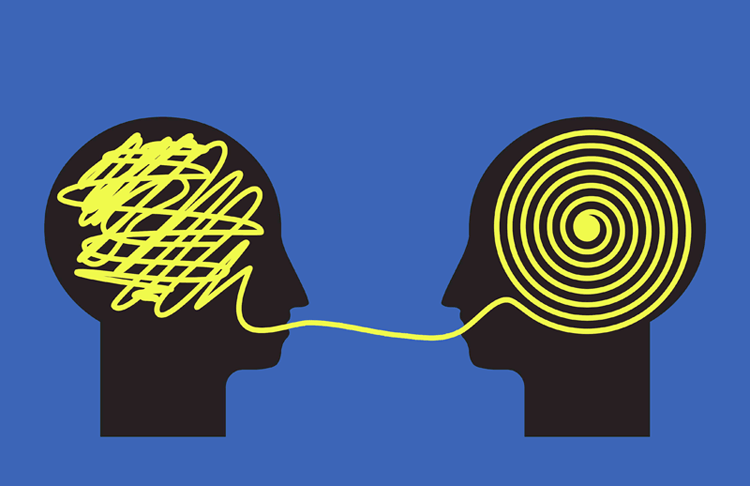 This is the utmost important step to do. You can identify whether you approach tasks problem-oriented by paying attention towards the questions that arise when you have to face a task that you do not like, which might be indicators for problem focused thinking:
This is the utmost important step to do. You can identify whether you approach tasks problem-oriented by paying attention towards the questions that arise when you have to face a task that you do not like, which might be indicators for problem focused thinking:
- Why do I have to perform this task?
- What is the reason that I have to study this subject?
- Why do I even spend time with this?
#2 Fight problem-oriented questions:
The very first step to approach problems with solution focused thinking is to avoid questions that mainly focus on the reason or the problem in general. You need to clarify yourself that the question for the “WHY” will only waste important time that you could have invested to solve a given problem.
#3 Clarity:
When you come to the conclusion that a task needs to be done you will see the pointlessness of further evaluating the usefulness or non-usefulness of a task. So when you have to face a task that you dislike you could ask yourself the question, “Has this task to be fulfilled?” and when you conclude that the answer is “Yes”, then you know that every further attempt to evaluate the reasons and the “Why’s” is a waste of time.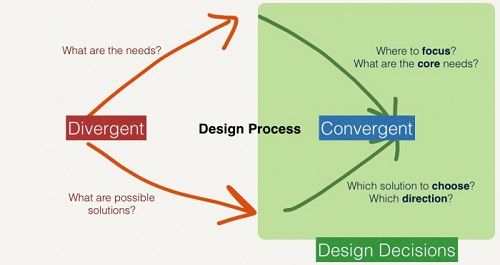
#4 Why is it important to solve this task?
Questioning and clarifying the importance of a task will finally erase the root cause of every problem-oriented question. By clarifying the reasons why a task needs to be performed we can effectively change our focus from the problem to possible solutions.
#5 Think about the solution:
The final step to profit from solution focused thinking the most is to ask yourself different questions on how you can solve a given task or problem:
- How can I solve this task?
- How can I address this problem?
- What would be the first step to solving this problem?
- What kind of preparations will be necessary for this task?
Why does problem focused thinking decrease motivation?
Just imagine yourself having to study for an upcoming test (whether it is for school or a professional development is unimportant). While you are sitting in front of your table you start thinking about the exam and how much you dislike the whole subject.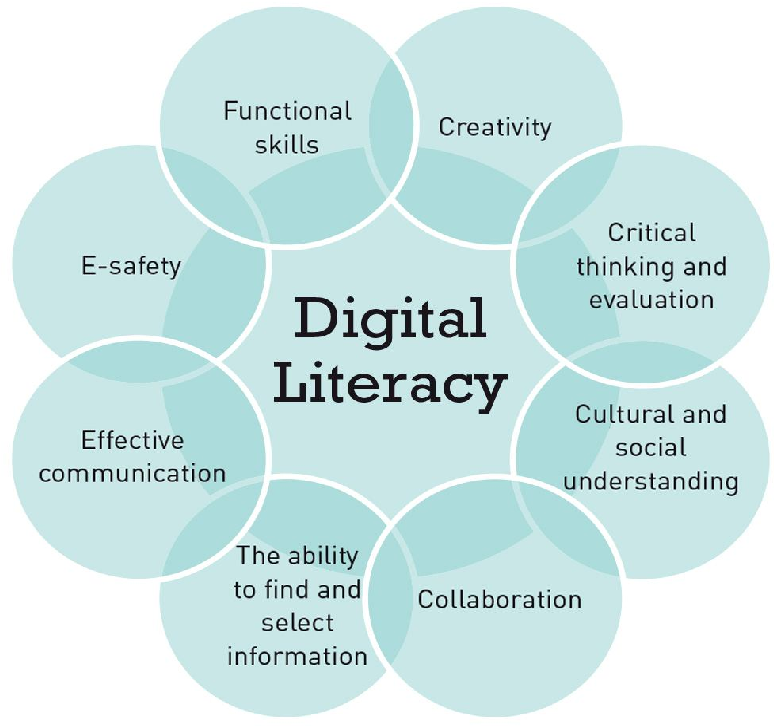 Questions that address the reason why you have to study for this subject start to arise and will ensure that you lose even the slightest interest in your task. Without being interested and a dozen of different questions that start to arise we finally lack the motivation to study for the exam!
Questions that address the reason why you have to study for this subject start to arise and will ensure that you lose even the slightest interest in your task. Without being interested and a dozen of different questions that start to arise we finally lack the motivation to study for the exam!
Problem vs. Solution oriented thinking was presented by our Personality Growth Website. What is your preferred way of thinking? We’re excited to hear about your experiences in the comments section below.
Share. Twitter Facebook Google+ Pinterest LinkedIn Tumblr Email
Solution Focused Thinking | NBSS
NBSS Level 1 School-wide Support for All Students
The NBSS applies a solution focused approach to its work. Solution focused thinking in education can be applied to all aspects of school life - from promoting and reinforcing positive behaviour, addressing bullying issues, to the running of effective meetings. By focusing on the positive resources and skills inherent in all schools a solution focused approach can enhance the educational and workplace experience for all members of the school community.
There are three key principles to working in a solutions focused way:
- If it ain't broke, don't fix it.
- Once you know what works, do more of it.
- If it's not working, do something different.
(de Shazer and Berg, 1995)
Solution focused thinking or a solution focused approach holds that as problems do not happen all of the time, a positive way of working is to discover what is working well and then to do more of it. Rather than dwelling on deficits or the history of the problem, a solution focused approach looks to the strengths and resources a person, team or organisation possess and how these can be applied and used to construct potential solutions. From this perspective the focus naturally shifts away from problems and gravitates towards useful solutions. As an adaptable approach solution focused principles are now applied across a range of contexts, for example health, education, community and social care sectors as well as the business and corporate sectors.
A solution focused approach entails asking effective questions, rather than using leading questions such as “Why don't you ...?”, or “Have you thought of ...?”. The following are examples of solution-focused questions and strategies:
- Building on success – strategies to help people focus on what they’re doing well rather than what’s going wrong.
- Exception finding – asking when a problem or difficulty happens less or less intensely. This gives information about what skills and strengths the person is able to use at least some of the time, e.g. Is there a time when the behaviour doesn’t occur, or occurs less often?
- Future focused – is a means of visualising life without the problem and can lead to setting relevant and meaningful goals, e.g. Suppose in your next maths class you're at your very best, what will you be doing differently? How will others know? What will they see, hear, that will be different? Or imagine it is time for you to go home and you are feeling satisfied with your day.
 What have you been doing during the day?"
What have you been doing during the day?"
- Scaling – is a way a of ascertaining the person’s perception of him or herself and the problem at present. This helps identify what’s going well and to focus on where the person wants to get to by moving one point on the scale, e.g. On a scale of 0-10 where 10 equals you at your very best, where are you now? What have you done so far to get to there? What else? What would move you one point up the scale?
The NBSS supports schools in developing solution focused approaches and using solution focused strategies for positive behaviour improvement at Level 1: school-wide support for all students, Level 2: targeted intervention for some students and Level 3: intensive, individualised support for a few students.
Since 2008 the NBSS has provided partner schools with training in solution focused thinking and approaches. Interested school staff including Behaviour Support Classroom teachers, Behaviour for Learning Programme teachers and Year Heads have attended two-day courses where they have explored the basic principles and techniques of solution focused thinking and practice. Through lectures, group work, recorded examples and exercises the courses aim to provide teachers with sufficient knowledge and practice to try out at least some solution focused techniques in their schools. Participants are given many opportunities over the two days to practice solution focused interviewing skills such as:
Through lectures, group work, recorded examples and exercises the courses aim to provide teachers with sufficient knowledge and practice to try out at least some solution focused techniques in their schools. Participants are given many opportunities over the two days to practice solution focused interviewing skills such as:
- Problem free talk
- Exploring a preferred future
- Eliciting what is already working
- Using scaling questions
- Highlighting change
- Solution focused summaries
Additionally, all teachers are provided with a manual to support their practice as well as ongoing support and advice from NBSS team members, who are also trained in solution focused practices.
Solution Focused practice emerged from Solution Focused Brief Therapy. It was developed in the mid 1980s primarily by Steve de Shazer, Insoo Kim Berg and the team at the Brief Family Therapy Centre in Milwaukee, USA and later in Britain by members of BRIEF. BRIEF is one of Europe’s largest providers of solution focused training and has facilitated the NBSS training of teachers from partner schools.
BRIEF is one of Europe’s largest providers of solution focused training and has facilitated the NBSS training of teachers from partner schools.
Thinking, focused on results. Achieving Goals: A Step by Step System
Result Oriented Thinking. Achieving goals: Step by step systemWikiReading
Achieving goals: Step by step system
Atkinson Marilyn
Contents
Results-Oriented Thinking
Seeing the picture of the desired future is the key to achieving the goal. You can only do what you can imagine. First, everything happens in the mind, then it is embodied in reality. Create an outcome map in your mind for any situation and it will lead you to your desired future. This is the first step to unlocking the magical power of coaching.
To achieve any goal and realize aspirations, no matter how big or small, the first thing you need to do is determine what exactly you want.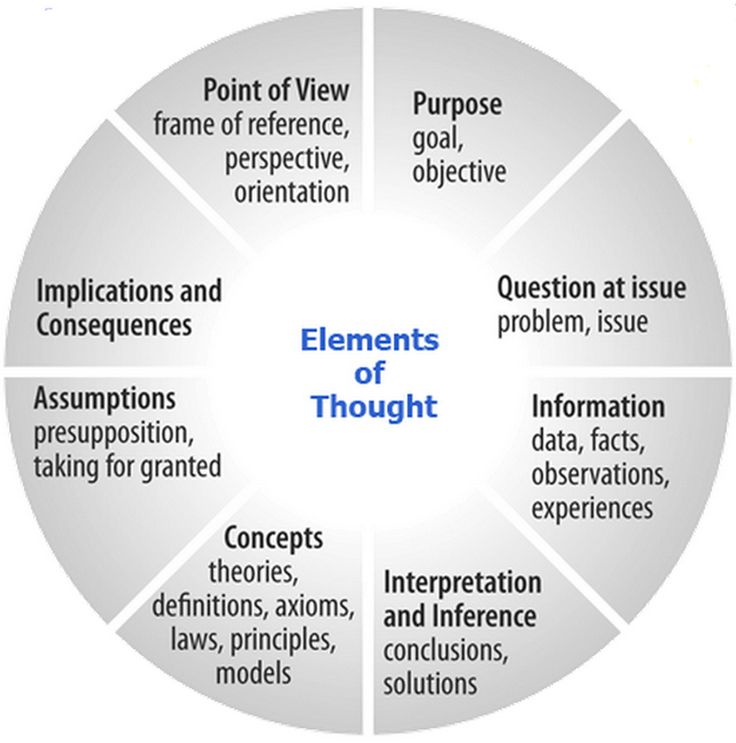 You need to paint a clear, inspiring picture of your desired future, aligned with your value system. This vision plays a key role as a reference point and guides the transformational conversation.
You need to paint a clear, inspiring picture of your desired future, aligned with your value system. This vision plays a key role as a reference point and guides the transformational conversation.
If you are a coach, note that all people want a future that will inspire them, not lead them in the opposite direction, based on the past. Only by visualizing your unique dream for yourself can you be inspired to move towards its realization. To begin, you need to clarify four key aspects of the coaching approach.
? Where you are - your current state.
? Where would you like to be - your desired state (Focusing on this is the most important part.)
? What resources will you need to move from one state to another.
? Plan your actions to close the distance between the present and the desired future.
In solution-focused coaching, result-focused thinking is the foundation of any conversation about direction and purpose.
Focusing on the result, you support people (or yourself) in an effort to move with enthusiasm towards the intended goal and more serious plans associated with it. You help yourself or others to create a big picture of vision, macrovision, and then a microvision picture as you overcome various obstacles along the way. As discussed above, the first step is to set your focus in the coaching session. Then you agree to implement what you have identified as important, step by step.
You help yourself or others to create a big picture of vision, macrovision, and then a microvision picture as you overcome various obstacles along the way. As discussed above, the first step is to set your focus in the coaching session. Then you agree to implement what you have identified as important, step by step.
These steps are like routes and milestones that are usually marked on a map. After passing them, you get to the destination. Thus, you need to create your own map - visualize the desired outcome of the situation and draw up an action plan. With such a plan in front of you, you will be able to respond flexibly and confidently overcome the obstacles that arise in your path.
In other words, the coach helps a person to determine what he really wants, visualize what he wants and keep this visualization in his mind during the process of moving towards the goal, formulate the stages of achieving the result and support him in solving the problems of each stage. Inspires the person to create a supportive environment and backup plans.
This text is an introductory fragment.
Result
Result If you have paid due attention to detail, you will end up with an efficient shopping center. One in which visitors feel good from the moment they enter its territory. Perhaps there are one or two such shops in your city
Solution-oriented wealth management
Solution Oriented Money Management Imagine a mutual fund managed by several investment managers. Some of them are relatively well versed in the business and follow economic data and market behavior very closely. Others
5.4. Demand driven pricing
5.4. Consumer Demand Based Pricing Many experts believe that demand is the only factor that should be taken into account when justifying a price.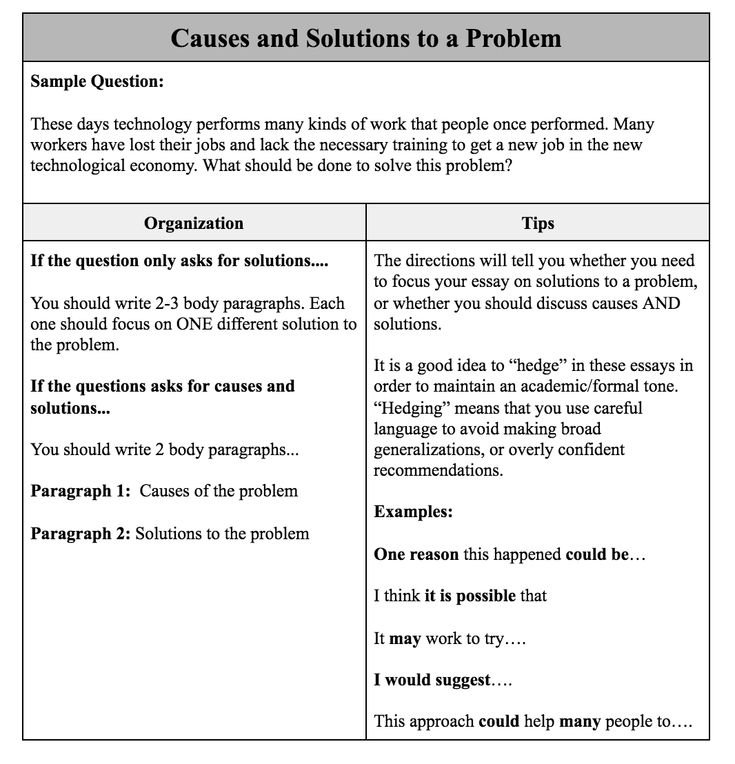 Businesses using this pricing approach use Method
Businesses using this pricing approach use Method
Understanding and thinking
Understanding and thinking Understanding is a basic human function, and thinking is a highly refined function. The famous Scandinavian linguist Uldall said this: real thinking is like dancing horses, it is very rare in the world and plays about
6.4. Results-oriented state tax budgeting
6.4. Result-oriented state tax budgeting All elements and results of state tax management and the management process itself can be represented in the tax budget of the state (at the level of the country and its regions). Like any
Startup Thinking - Leader Thinking
Startup Thinking - Leader Thinking The paradox of thinking in startup mode, which is expressed in an attempt to establish what is most important in business - to be the first or to be the best - is often the subject of controversy.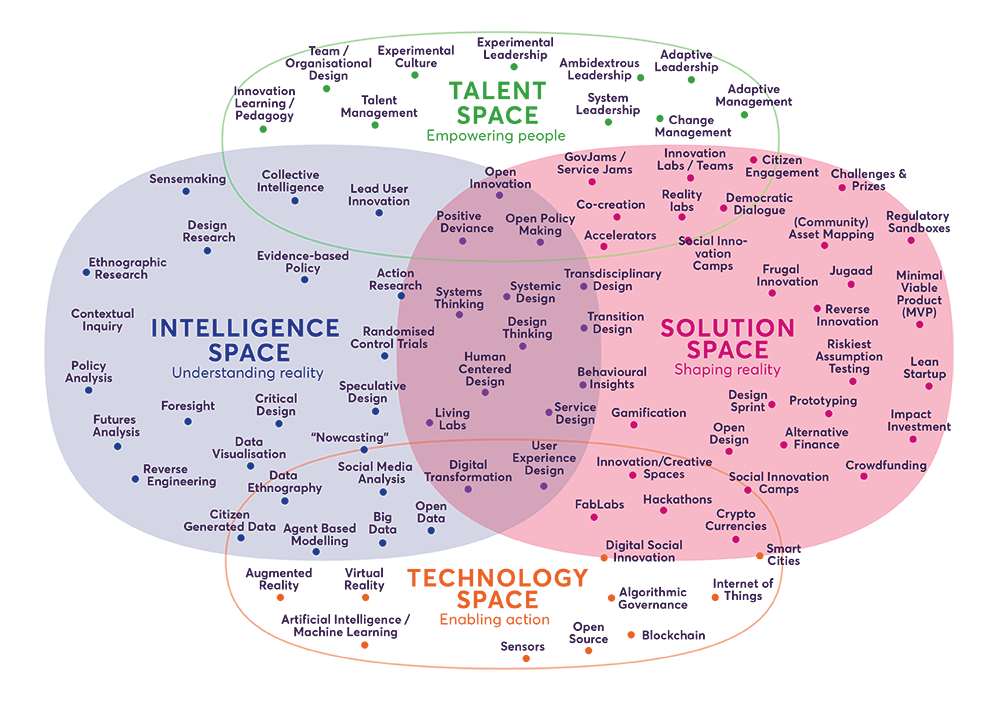 The problem (obvious to me) is that everyone wants
The problem (obvious to me) is that everyone wants
STRATEGIC RESOURCE ORIENTED HRM
STRATEGIC RESOURCE ORIENTED HRM A resource-oriented approach to strategic HRM focuses on meeting the intellectual capital needs of the organization. The concept of resource-oriented strategic HRM
PERFORMANCE ORIENTED MANAGEMENT
PERFORMANCE ORIENTED MANAGEMENT Performance-oriented management involves the development of some interrelated processes that collectively, through employees, influence firm performance such as
GOVERNANCE ORIENTED TO A HIGH LEVEL OF PARTICIPATION
GOVERNANCE FOR A HIGH LEVEL OF PARTICIPATION This approach involves treating employees as partners whose interests are respected and who have a say in matters that affect them.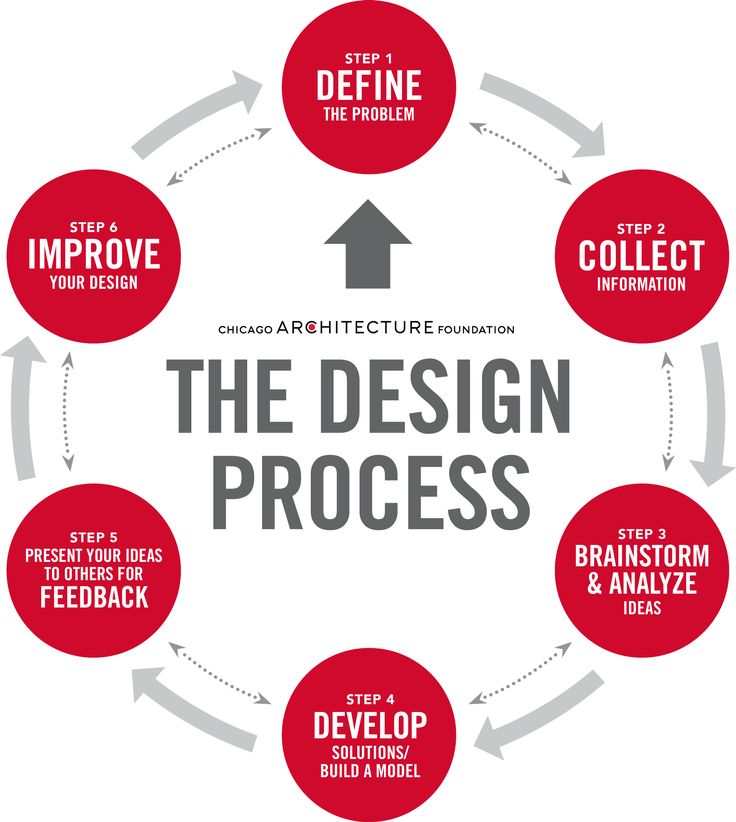 It is about information and participation. His target is
It is about information and participation. His target is
Distribution-oriented pricing
Distribution-centric pricing For managers, achieving consensus on issues related to pricing is perhaps one of the most difficult tasks. The problem is that there are too many factors to consider, each of which is
Customer oriented pricing
Customer-centric pricing One approach to pricing is to look at it from the customer's point of view, and, as noted in the chapter on exploring the abyss, a lot depends on his psychographic portrait. Seers -
Vendor oriented pricing
Supplier-centric pricing Such pricing is a function of internal variables, that is, it depends on many elements related to the work of the company, from the cost of materials to sales costs, overheads, cost
Distribution-oriented pricing
Distribution-centric pricing In the context of distribution, there are two issues related to pricing that have a significant impact on the motivation of a distributor.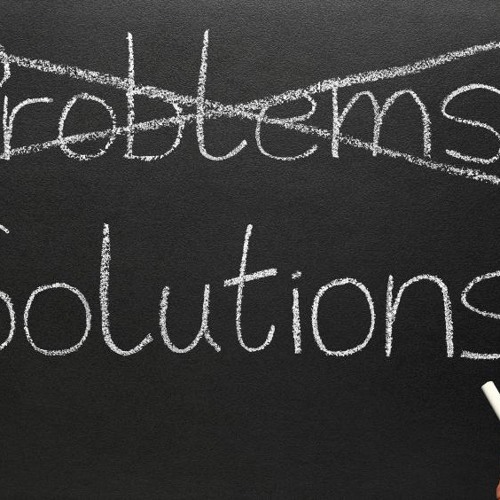 • Is the price acceptable to sell? • Is it worth selling at all?Under
• Is the price acceptable to sell? • Is it worth selling at all?Under
People-Oriented Thinking
People Centered Thinking When the work is organized so that the workers are employed for 100% of the takt time (calculated on the basis of the required production volume), then one worker can serve several machines. In this case, it would be incorrect to consider
losses2. Marketing Thinking
2. Marketing thinking “Married in market heaven, the world's most visited website and the world's largest mail service forged a partnership in 2003 that continues to grow and deepen to this day. eBay Electronic Auction
Thinking for the Future
Future-Oriented Thinking What I'm talking about here is future-oriented thinking, that is, connecting today's actions with tomorrow's results.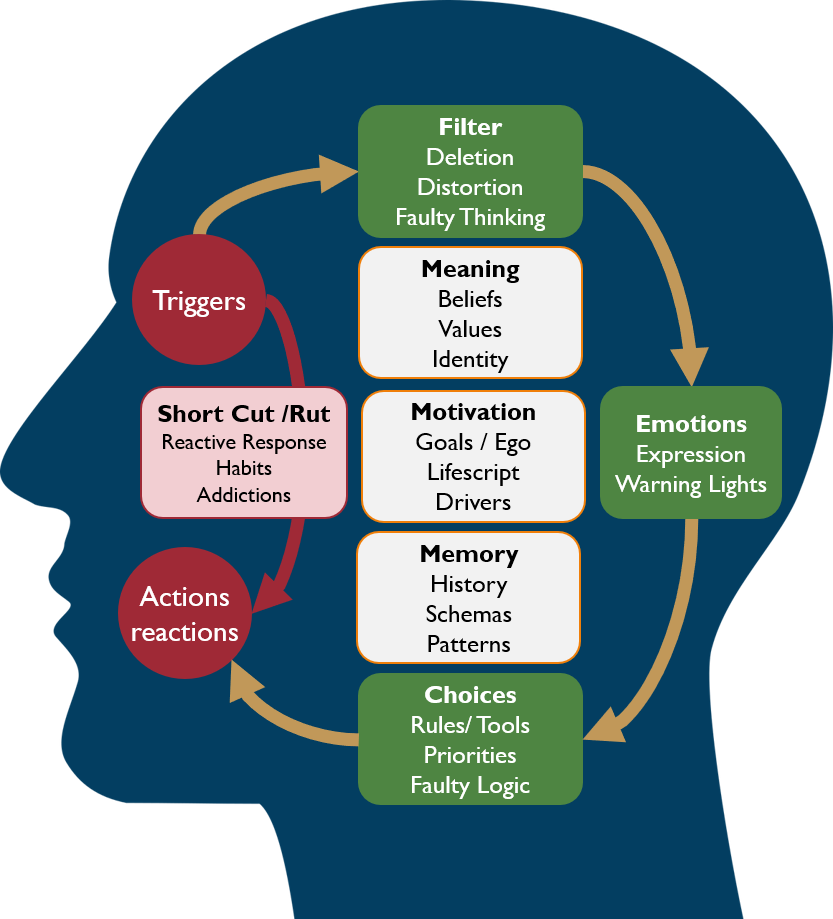 No matter how much you like to live in the present, prudence dictates to you
No matter how much you like to live in the present, prudence dictates to you
Design thinking: solving problems step by step | Blog 4brain
Problems are an integral part of our lives. We face problems every day, trying to find a solution and prevent their occurrence in the future. However, they arise again and again, complicating our life to one degree or another. But is it possible to find a way that will help solve them efficiently, quickly and interestingly? There is such a way, and it is called design thinking. Let's understand what this term means, what is the essence of design thinking and where it can be applied.
Are design and design thinking the same thing?
To begin with, let's immediately define: design as "the aesthetic transformation of industrial objects" has almost nothing to do with design thinking, except a very distant one. Why then did design thinking get its name? If you look at the translation of the word design, then among the list of meanings you can see the following: “conceive”, “conceive”, “develop”. It is these values that are decisive on the path to understanding what design thinking is.
Why then did design thinking get its name? If you look at the translation of the word design, then among the list of meanings you can see the following: “conceive”, “conceive”, “develop”. It is these values that are decisive on the path to understanding what design thinking is.
The term "design thinking" or, to be more precise, design thinking came to Russia relatively recently, although its idea originated as early as 1969. Herbert Simon, an American sociologist, politician and economist, first used the concept of "design thinking" in his book The Sciences of the Artificial. Later, this idea was promoted by scientists from Stanford University, then they founded the Stanford Institute of Design, actively supporting the concept of design thinking.
Today, this technique is used all over the world, successfully used in business, psychology, engineering and various areas of life, including, in fact, design (these two concepts are in contact here).
So, let's get down to revealing the essence of design thinking.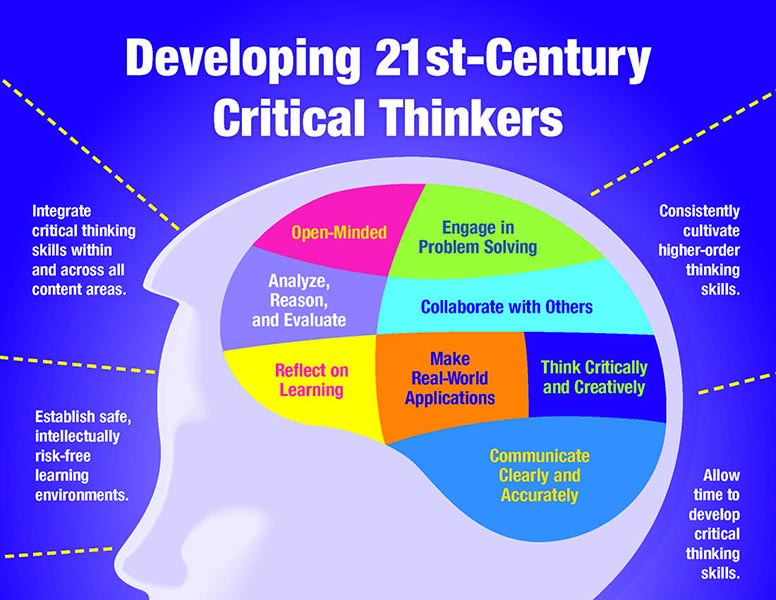
Principles and stages of design thinking
Design thinking is a way of solving problems, focused on improving the quality of human life with the help of available technologies. From the definition, you can see that design thinking operates on several important principles, including:
- Anthropocentrism (the logic of design thinking involves improving the quality of life, first of all, of a person).
- Thinking outside the box (we think outside the box, literally - “outside the box”, we find people who can hardly be called mediocre).
- Intuitive approach (unstructured experience of the designer, the essence is intuition, carries a certain value).
Design thinking includes the following stages:
Empathy
The term "empathy" is associated by many, first of all, with empathy, sympathy, which is also true in this context.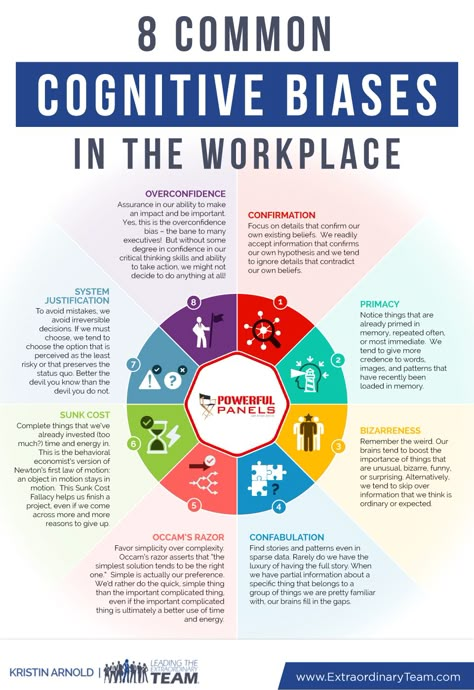 At the stage of empathy, we are trying to understand the problem that brings discomfort to a person, a group of people, society, etc. As many speakers and coaches define it, this is the stage when we try to "get into other people's shoes", feel the hardships and inconveniences caused by the problem.
At the stage of empathy, we are trying to understand the problem that brings discomfort to a person, a group of people, society, etc. As many speakers and coaches define it, this is the stage when we try to "get into other people's shoes", feel the hardships and inconveniences caused by the problem.
Analysis and synthesis
After collecting information about emerging problems, design thinking proposes to systematize and analyze all the received volume, classify this information, find possible contradictions, and remove unnecessary material. After such filtering of information, we collect the most important, focus on the main, synthesize, that is, generalize the essential points into a thesis form.
Idea generation
So, it's time for ideas! We offer a variety of options for solving the identified problem, and here both simple and the most extraordinary ideas are welcome. This step involves the creation of many options for solving the problem, which is possible only by considering the problem from different angles.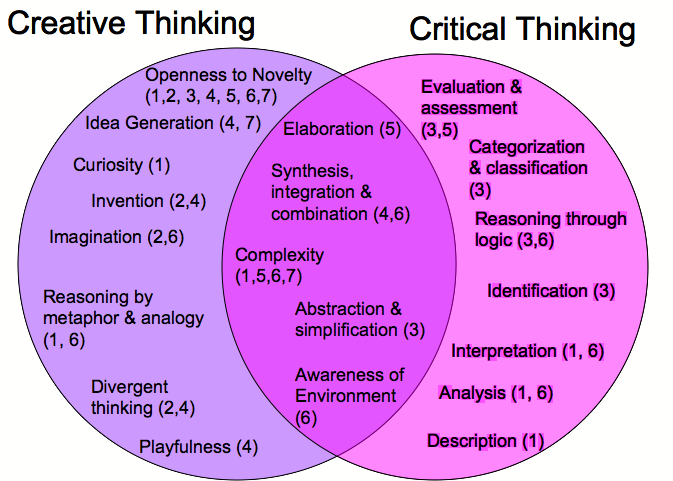 Therefore, it is desirable that people from various professional fields work in the design thinking team. This is where you have to “think outside the box” and not be afraid to be creative, even eccentric, because sometimes the most non-standard ideas are the most useful. But don't forget about their viability as well.
Therefore, it is desirable that people from various professional fields work in the design thinking team. This is where you have to “think outside the box” and not be afraid to be creative, even eccentric, because sometimes the most non-standard ideas are the most useful. But don't forget about their viability as well.
If you want to learn how to find many original solutions to problems, we recommend taking our TRIZ in Practice online program. In this 4-week program, you will master the use of creative and inventive algorithms that will help you solve problems in various areas of your life.
Prototyping
This step can also be called modeling. Here we create a real model, a prototype, a template of what we have chosen as a solution to the problem. And this does not require large financial, human, time costs - it is enough to have simple tools at hand that can test your idea in the simplest form. It can be a regular sheet of paper, scissors, a designer, small figures, etc.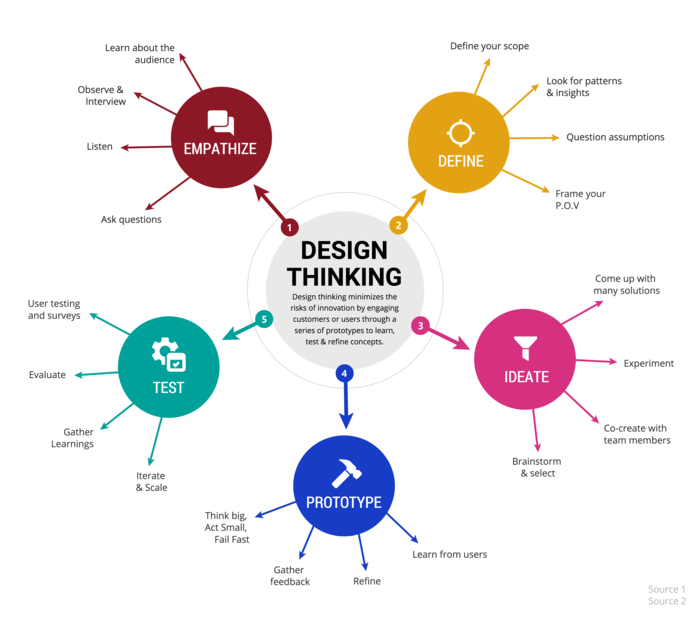 This step will allow you to visualize the work of your prototype, identify its flaws, make improvements or refute its viability and value (in this case, return to the previous stage and choose another idea). In any case, get down to business and create!
This step will allow you to visualize the work of your prototype, identify its flaws, make improvements or refute its viability and value (in this case, return to the previous stage and choose another idea). In any case, get down to business and create!
Testing
When you have created a prototype and are confident in its effectiveness and ability to solve the task, start testing it directly on the audience that is most interested in this, that is, on the respondents at the empathy stage. Testing will give you an answer to the question: has the task been solved? Were we able to create a model that eliminates the problem that was discovered at the initial stages? If yes, consider that you have almost completed the design thinking process of creating a new, somewhat innovative product with high efficiency and move on to the next final stage.
Storytelling
After the implementation of the idea, it is important to correctly design it, pack it, give it a relevant and profitable image.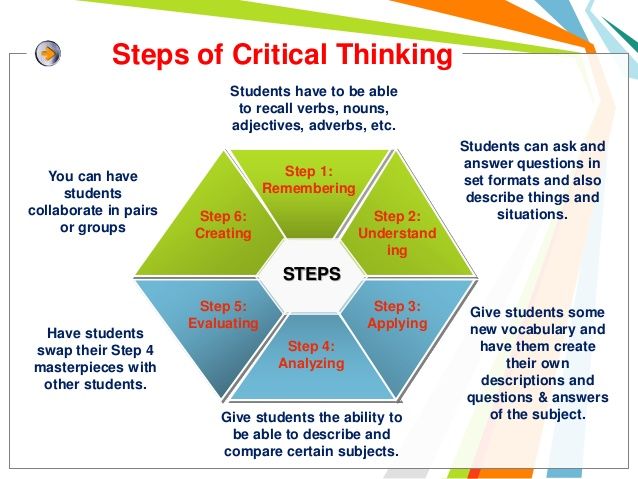 It is necessary to make a story so that the product is of interest to the so-called stakeholders (that is, people who are directly interested in this product). In this scenario, you will increase the likelihood of commercial success.
It is necessary to make a story so that the product is of interest to the so-called stakeholders (that is, people who are directly interested in this product). In this scenario, you will increase the likelihood of commercial success.
The six stages presented are the essence of design thinking, which, as you can see, is an interesting non-standard technology that brings a solution at low cost. Of course, the generation of ideas is a fundamentally important step, and the more options you offer, subjecting them to critical analysis, the more ways to solve the problem await you.
Examples of the use of design thinking
As noted above, design thinking is used in many areas of human activity, while the greatest commercial benefit is achieved, of course, in the business area. By the way, an excellent book on this topic can be the book of the famous Tim Brown, CEO and President of IDEO, who collaborated with such international corporations as Microsoft, PepsiCo, Procter & Gamble, Steelcas, created the Oral-B children's toothbrush, a computer mouse for Apple and much more. The book is called Design Thinking in Business.
The book is called Design Thinking in Business.
Tim Brown points out in his book that the concept of design thinking is designed not only to solve problems in the field of management, administration, but also more global problems, that is, in a sense, it is a universal concept capable of producing any useful product, improving the quality of human life in its general sense.
Of the companies that have used design thinking in their activities, we can note such corporations as:
- Sberbank, which developed self-service operations at ATMs thanks to this technique (deposit-withdrawal, balance request, transfers to other clients, etc.)
- VTB, which created a customer journey map platform (consumer travel map), adjusted to a typical customer day (Good morning - Road Home-Work - Work - Lunch, etc.)
- CIAN, which has developed a separate site for new buildings in Moscow and the possibility of placing paid ads in social networks.
- X5 Retail Group, which implements the Accessible Environment project, which helps people with disabilities make purchases in the Pyaterochka and Perekrestok retail chains without any problems.

- Consulting company McKinsey & Company, which analyzed the busiest interchange hub of the capital in Vykhino, recommended taking the widest range of consumer travel maps, covering all possible path scenarios.
Of course, these are not the only examples of the use of design thinking in the business environment. You can see more examples of this method in this article.
Also, do not forget that within the framework of classical approaches, when studying any issue, we usually operate with the methodology of critical thinking. Recall that in the practice of critical thinking, we usually investigate the issue in the most detail, analyze it, turn to sources, synthesize some idea. However, the main task of design thinking as an alternative methodology does not come down to research as such, but to the development of a new product that can improve the environment, that is, the material result.
If you're interested in the concept of Design Thinking, we recommend taking our free Design Thinking course, where you'll find a lot of additional exciting information, as well as learn more about the technique of each step.